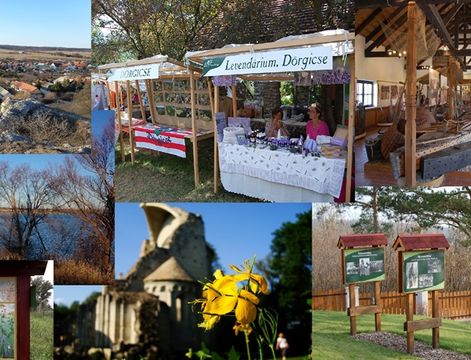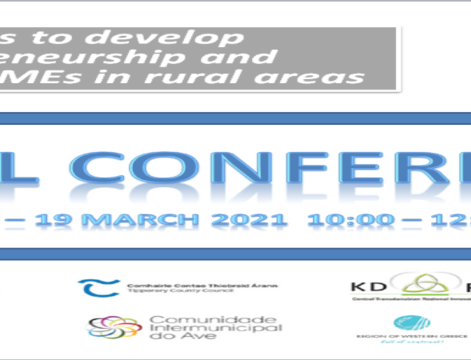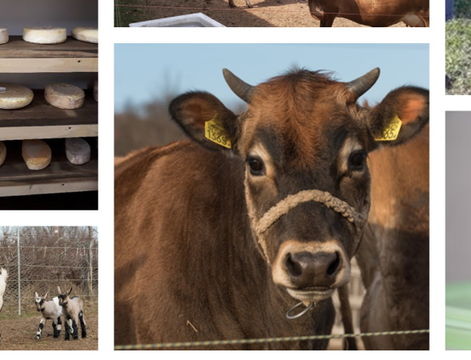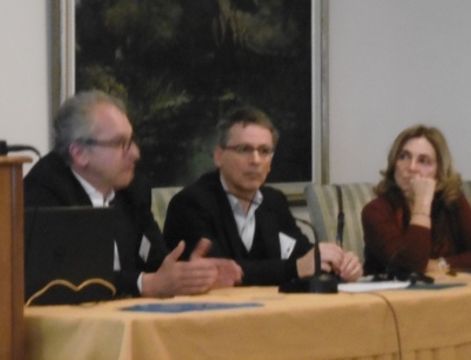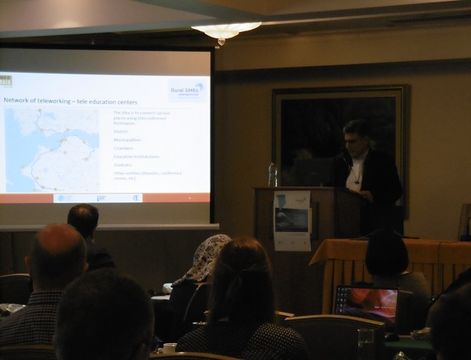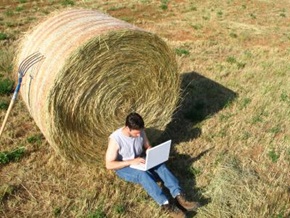Title of the practice : Closing the loop at Silvania International
In an uncertain and fast evolving world, versatility and durability are high priorities if a product or material is to become part of the circular economy. Wood waste is a by-product of wood processing and represents a critical issue for companies with a large-scale production operating in the industry.  One of the problems consists of increasing storage costs associated with waste disposal. Additionally, wood wastes which in our good practice referred to wood-chips, are prone to microbial fermentation. They are likely to cause spontaneous fires or explosions at storage sites unless safety measures are taken.
One of the problems consists of increasing storage costs associated with waste disposal. Additionally, wood wastes which in our good practice referred to wood-chips, are prone to microbial fermentation. They are likely to cause spontaneous fires or explosions at storage sites unless safety measures are taken.
Silvania company uses wood as a highly durable building material. For its circularity Silvania uses a digital system , based on a project implemented under Competitiveness Programme to increase its wood administration, wood efficiency and return.
In a multi-stage cascade, the wood is processed into a product and this product is used at least once more in material form before disposal or recovery for energy purposes
 To be able to use wood chips as the main source of energy, a series of investments had to be made. A new facility was built for hosting the technology required - a two-chamber furnaces system. The wood chips resulted from processing the timber could be now stored in the facility, then burned using the above-mentioned system. The heat and hot water generated by the burning process are distributed to the factory’s steaming chambers, but also to the community.
To be able to use wood chips as the main source of energy, a series of investments had to be made. A new facility was built for hosting the technology required - a two-chamber furnaces system. The wood chips resulted from processing the timber could be now stored in the facility, then burned using the above-mentioned system. The heat and hot water generated by the burning process are distributed to the factory’s steaming chambers, but also to the community.
Silvania International was given the utility right-of-way clearing the forests, therefore allowed access to a sufficient amount of biomass to cater for the production of energy of the whole community. In return, the company is required to maintain the health of the local forest resource by regularly thinning out small-diameter or dead trees from overcrowded forests. The harvest of the by-products of forest management such as treetops, improves the health of the trees which remain in the forest, reducing the incidence of wildfires.
Evidence of success (results achieved)
 Currently there are two kindergartens, one school, two residential buildings and a sports hall which are linked to the system. The last stage consists of storing the resulting ash and reuse it both as fertiliser for tree planting and as a raw material for construction materials.
Currently there are two kindergartens, one school, two residential buildings and a sports hall which are linked to the system. The last stage consists of storing the resulting ash and reuse it both as fertiliser for tree planting and as a raw material for construction materials.
An agreement to deliver free sustainable heat to the community has been established between the company and the local authorities.
Potential for learning or transfer
The outcomes of the circular economy concept found in this study can be seen as social, economic and environmental benefits. From a social point of view, the community takes the advantage of having significantly lower costs for the energy, since the biomass prices have proved to be historically stable in comparison to other competing fuels.
On the other hand, sharing a renewable resource represents a more economical alternative to purchasing it. Additionally, storage costs are dramatically decreased while the landfill space is being freed up due to a continuous burning process of the waste.
Maintaining the health of the local forest can be considered a positive externality for the environment. Furthermore, biomass is also known as a carbon neutral resource which makes a significant contribution to the environment by reducing the CO2 emissions released in the atmosphere.
Further information : http://misgrup.ro/html/



